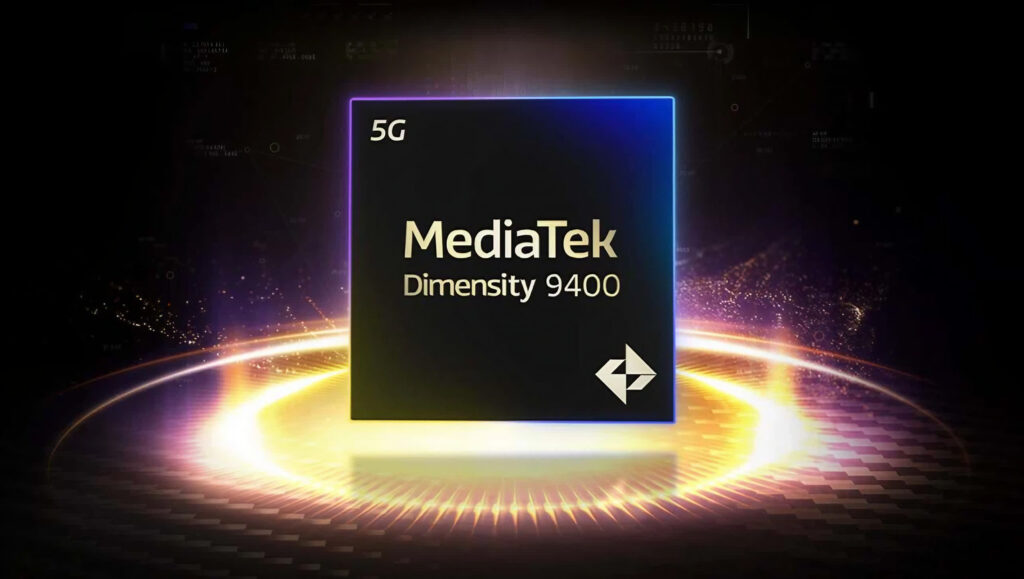Forward-looking: MediaTek’s shiny new Dimensity 9400 mobile processor is here to replace last year’s flagship, the Dimensity 9300+. Built on TSMC’s advanced 3nm node, the new SoC features a 1+3+4 CPU configuration headlined by an Arm Cortex-X4 ‘prime core’ clocked at 3.63GHz, flanked by three Cortex-A720 cores and four Cortex-A520s. This chip promises significant performance gains and AI capabilities right on your smartphone.
Thanks to the spec upgrades, the Dimensity 9400 delivers up to 35% faster single-core and 28% faster multi-core performance than the 9300. The performance gains come even though the chip is up to 40% more power-efficient, according to MediaTek
On the graphics front, the new 12-core Immortalis-G925 GPU brings 40% faster ray tracing, pumps out up to 41% higher peak performance, and is up to 44% more efficient than the last-gen unit. Also on board are “PC-level features” like opacity micromaps (OMM) support for realistic effects.
The GPU supports MediaTek’s new HyperEngine super-resolution technology, co-developed with Arm, that is designed to “sustain fast frame rates while maximizing power efficiency, helping the smartphone run cooler in hand.”

The most significant upgrade is this chip’s pioneering AI capabilities. The Dimensity 9400 rocks an 8th-gen NPU that makes it the first mobile SoC to offer on-device LoRA model training, high-quality on-device video generation, and support for “Agentic AI” applications through MediaTek’s new Dimensity Agentic AI Engine (DAE).
To that end, MediaTek says it’s working with developers to offer a unified interface between AI agents, third-party APKs, and models that run both edge AI and cloud services.
“This streamlined approach allows models to work with many different third-party APKs, which reduces development time and will help usher in a new ecosystem of agentic AI applications,” notes the company, which claims that the 9400 delivers up to 80% faster large language model performance.
Also onboard is the MediaTek Imagiq 1090 imaging chip. This enables consistent HDR video recording throughout the entire zoom range and the Smooth Zoom feature, which aids in capturing moving subjects.
Other notable upgrades include a speedier 5G modem reaching 7Gbps on sub-6GHz bands, tri-band Wi-Fi 7 support with 7.3Gbps peak speeds from an all-new 4nm wireless chip, and compatibility with foldable phones sporting three display panels.
While MediaTek is talking a big game with bold performance claims and hyping up the AI potential, the proof will be in the real-world pudding when phones packing the new chip arrive later this year.
